Air Force issues notice to partner with Oklo on microreactor deployment in Alaska



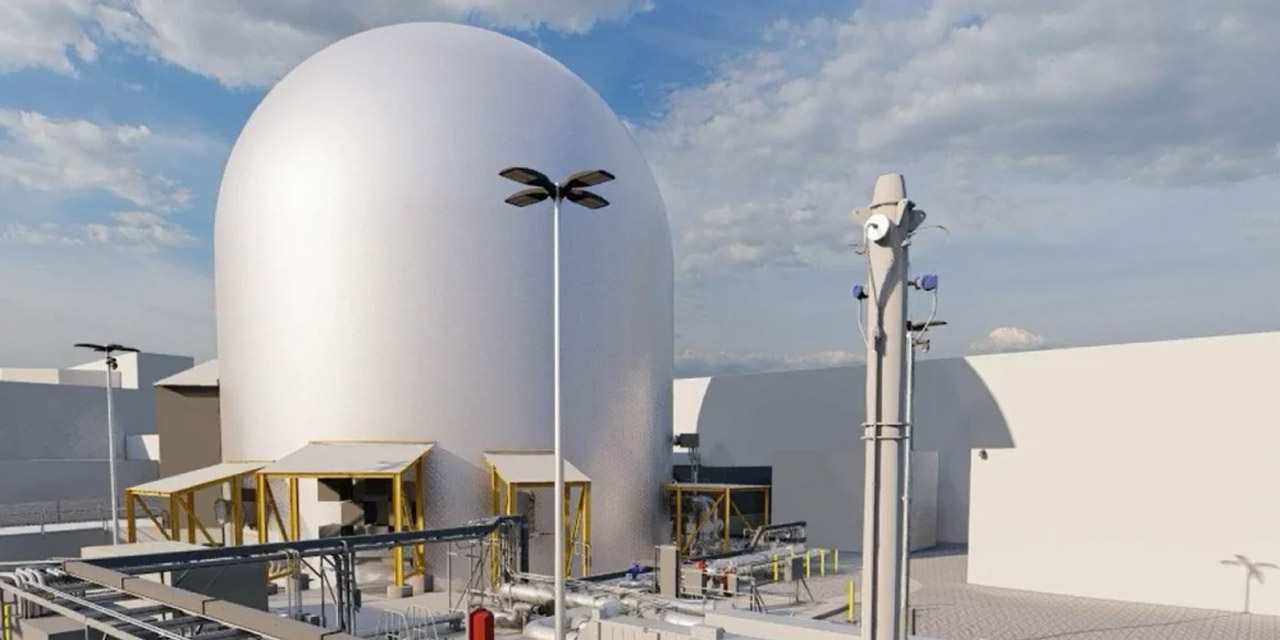
The National Reactor Innovation Center is accepting applications from developers ready to take a fueled microreactor to criticality inside the former Experimental Breeder Reactor-II containment building at Idaho National Laboratory, now repurposed as DOME—a microreactor test bed. According to a Department of Energy announcement, DOME will be ready to receive the first experimental reactor in the fall of 2026, with testing likely to begin in 2027.
Two recent news stories—the Department of Defense’s launching of the Advanced Nuclear Power for Installations (ANPI) program and the development of prototype nuclear batteries in Japan and South Korea—are tied together in an article by London-based writer Nick O’Hara, creator of the Substack Gridlocked: Why the 21st Century is Broken and How to Fix It.
According to O’Hara, these two developments taken together “could be the shard of light we need in otherwise dark times. Because innovations in advanced nuclear technology could be critical to unlocking the path to decarbonizing our societies and combatting climate change.”
The Department of Energy’s Office of Nuclear Energy has posted a list of the advantages and challenges of using nuclear energy to power AI data centers, which some estimates suggest could consume as much as 12 percent of U.S. energy production by 2028. The DOE also posted a brief video on its YouTube channel to accompany the list.
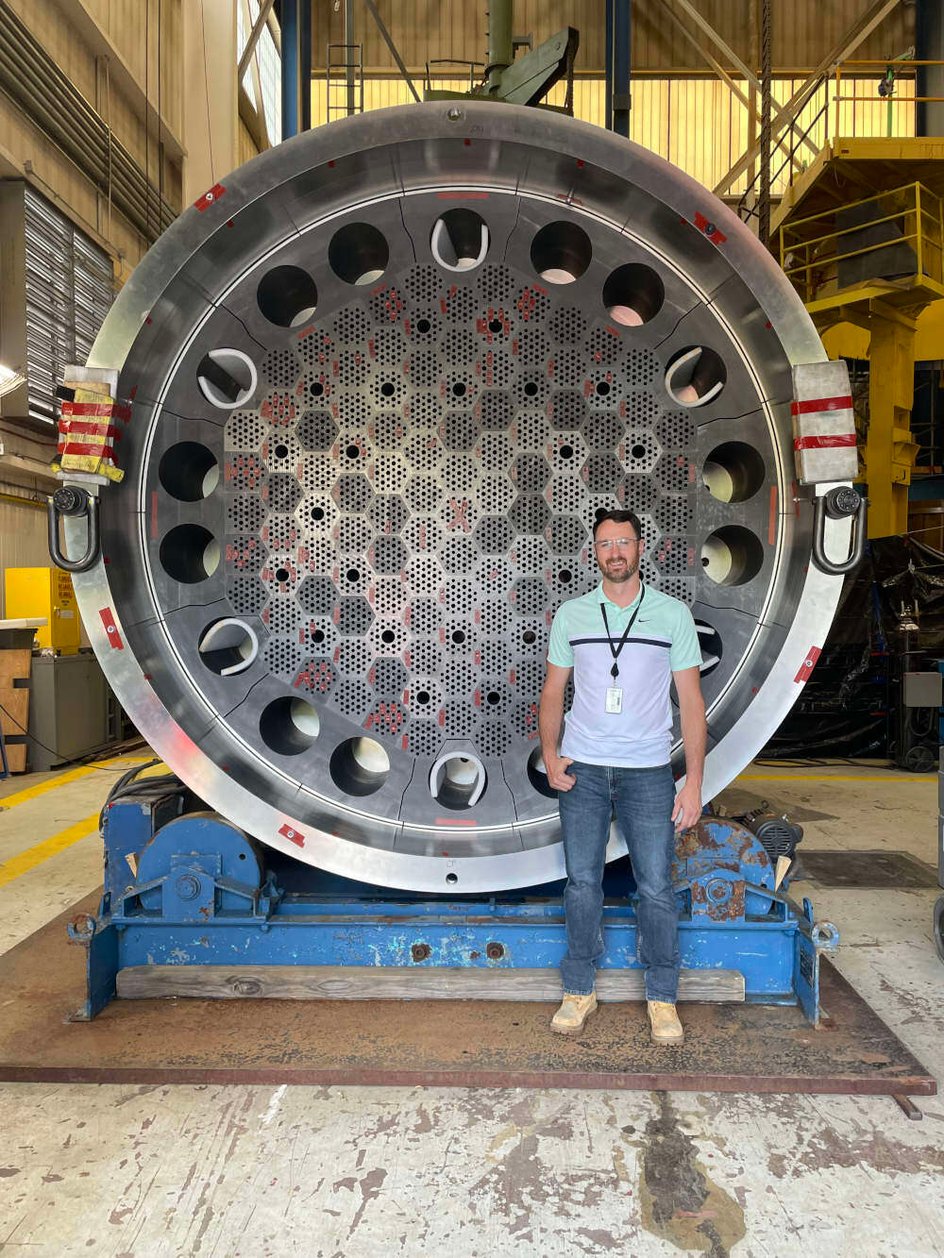
Penn State and Westinghouse Electric Company are working together to site a new research reactor on Penn State’s University Park, Pa., campus: Westinghouse’s eVinci, a HALEU TRISO-fueled sodium heat-pipe reactor. Penn State has announced that it submitted a letter of intent to host and operate an eVinci reactor to the Nuclear Regulatory Commission on February 28 and plans to engage with the NRC on specific siting decisions. Penn State already boasts the Breazeale reactor, which began operating in 1955 as the first licensed research reactor at a university in the United States. At 70, the Breazeale reactor is still in operation.

To better educate customers and stakeholders on its technology, NANO Nuclear Energy has opened a new demonstration facility in Westchester County, N.Y., that offers an up-close look at nonnuclear parts and components of the four microreactors the company has in development.

In a one-on-one interview with the American Nuclear Society’s chief executive officer/executive director Craig Piercy, Nuclear Regulatory Commission commissioner Annie Caputo shared her journey in the nuclear community and her vision for the future of nuclear energy.
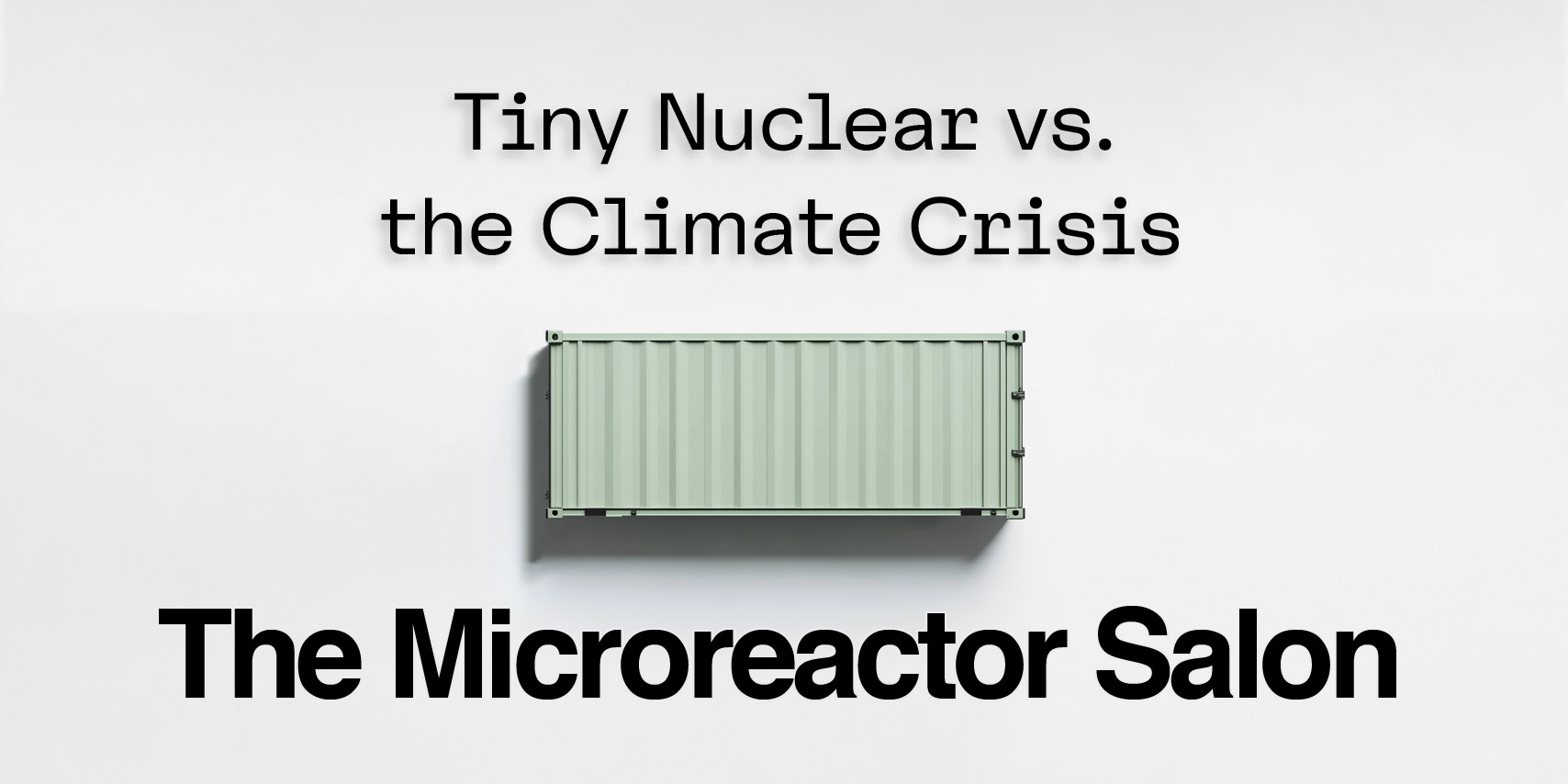
The Roving Reactor traveling exhibit will be in New York City at the end of the month to present “The Microreactor Salon: Tiny Nuclear vs. the Climate Crisis.” The event is part of the extensive lineup of Climate Week NYC, which will run September 22–29 this year and includes additional events all month long.

Eielson Air Force Base in central Alaska has been the preferred location to demonstrate the benefits of microreactors to the U.S. Air Force—and by extension the Defense Department—since 2018. Now, a protracted solicitation process is nearing an end, and the Air Force and the Defense Logistics Agency Energy (DLA Energy) expect to announce a final procurement decision by the end of the summer—or about one year after Oklo Inc. announced that it had been tentatively selected to supply a microreactor under a 30-year power purchase agreement.
State regulators will study the economic and technical feasibility of adding advanced nuclear technology in Florida.
The directive was included in a sweeping energy bill, House Bill 1645, passed by the Florida Legislature and signed into law by Gov. Ron DeSantis. The Florida Public Service Commission must issue a report to the governor and legislative leaders by April 1, 2025, with findings and recommendations to support new nuclear in the state—specifically including military bases.
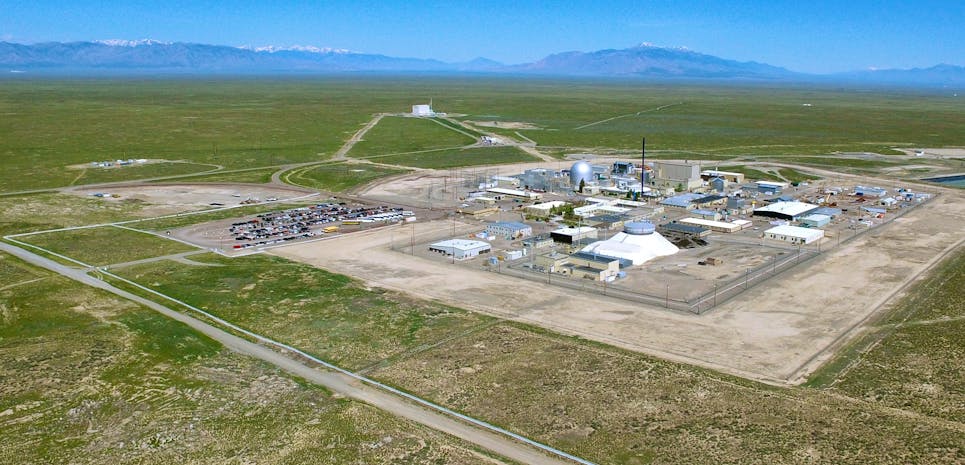
Aalo reported last week that it has submitted a regulatory engagement plan to the Nuclear Regulatory Commission in “a huge step forward in getting regulatory approval for our Aalo-1 reactor.”
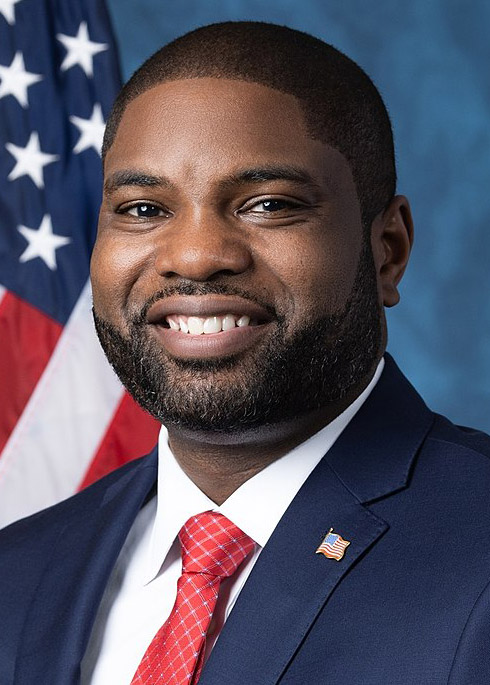
Donalds
Byron Donalds, the Republican representative from Florida’s 19th Congressional District, is a well-known proponent of nuclear energy. In his latest op-ed, which appeared in The Floridian, Donalds describes himself as “unabashedly pronuclear” and characterizes his state as a supporter of nuclear power, with four operating reactors providing 69.3 percent of Florida’s carbon-free electricity, powering 2.3 million homes. He emphasizes, however, that “there’s so much nuclear potential yet to be realized in the Sunshine State.”
Environmental benefits: Donalds notes that nuclear energy provides “countless environmental benefits” to Floridians, as well as reliable electricity. The 1,132 acres on which the state’s St. Lucie nuclear power plant is located have mangrove swamps, beaches, marshes, and other wildlife habitats that are home to more than 180 species of animals—36 of which are endangered or threatened.
A 60-year-old Wyoming industrial machinery company is partnering with nuclear innovator BWX Technologies to deploy 50-megawatt microreactors in America’s heartland over the coming years to provide carbon-free heat and power for industrial users.

Last Energy, a Washington, D.C.-based microreactor developer, announced last week a partnership with the NATO Energy Security Centre of Excellence (ENSEC) to jointly research military applications for microreactor power and explore opportunities for future microreactor deployments on NATO military installations.
Nuclear energy advocates attended a White House summit today on domestic nuclear deployment and will help advise a new federal initiative to support building new grid-scale nuclear reactors.
The event showcased recent policy developments and new industry investments that have changed the playing field—for the better—for nuclear during the past few years. The White House is calling it “the largest sustained push to accelerate civil nuclear deployment in the United States in nearly five decades.”
Energy startup Last Energy took an opportunity last week to showcase a prototype of its micro-scale nuclear reactor outside a convention center in Washington, D.C.
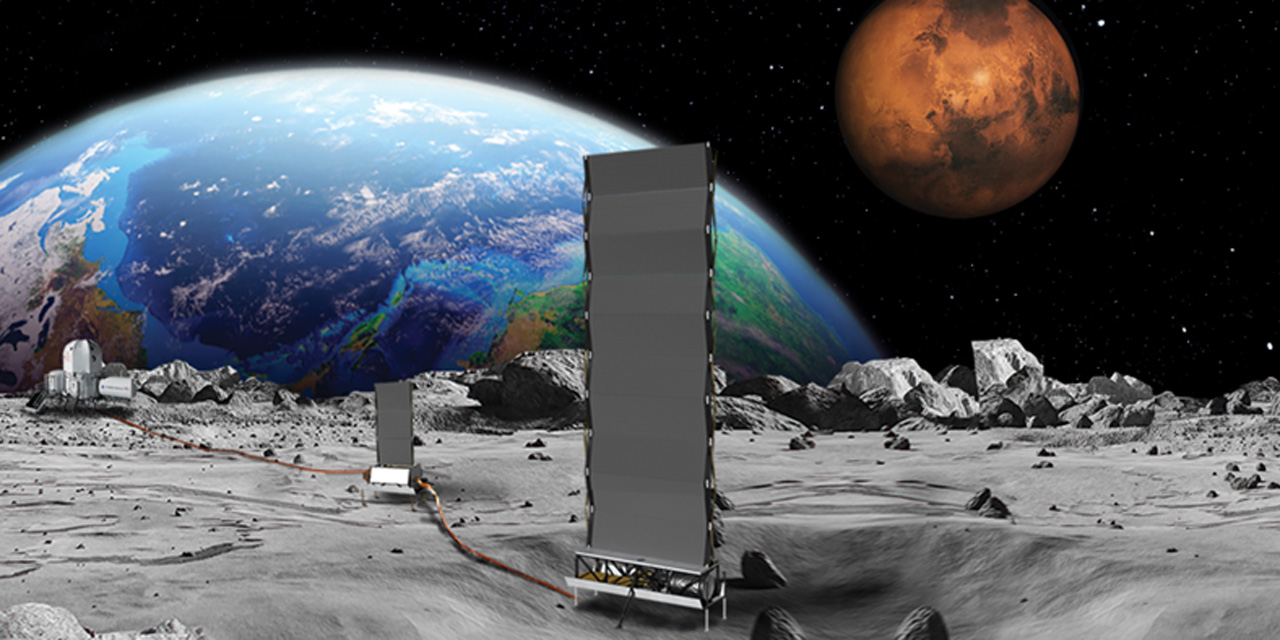
Imagine what our world would be like today without the benefits of electric energy. Think of the inventions and technologies that never would have been. Think of a world without power grids and the electricity that makes them run. Without this power, we’d find it difficult to maintain our industrial and manufacturing bases or enable advancements in the fields of medicine, communications, and computing.
Now consider the moon, our closest celestial neighbor about which we still know so little, waiting for modern-day explorers in spacesuits to unveil its secrets. Lunar exploration and a future lunar economy require reliable, long-lasting, clean sources of power. Nuclear fission answers that call. When assessing the application of nuclear power in space, three Ps should be considered: the present, the potential, and the partnerships.
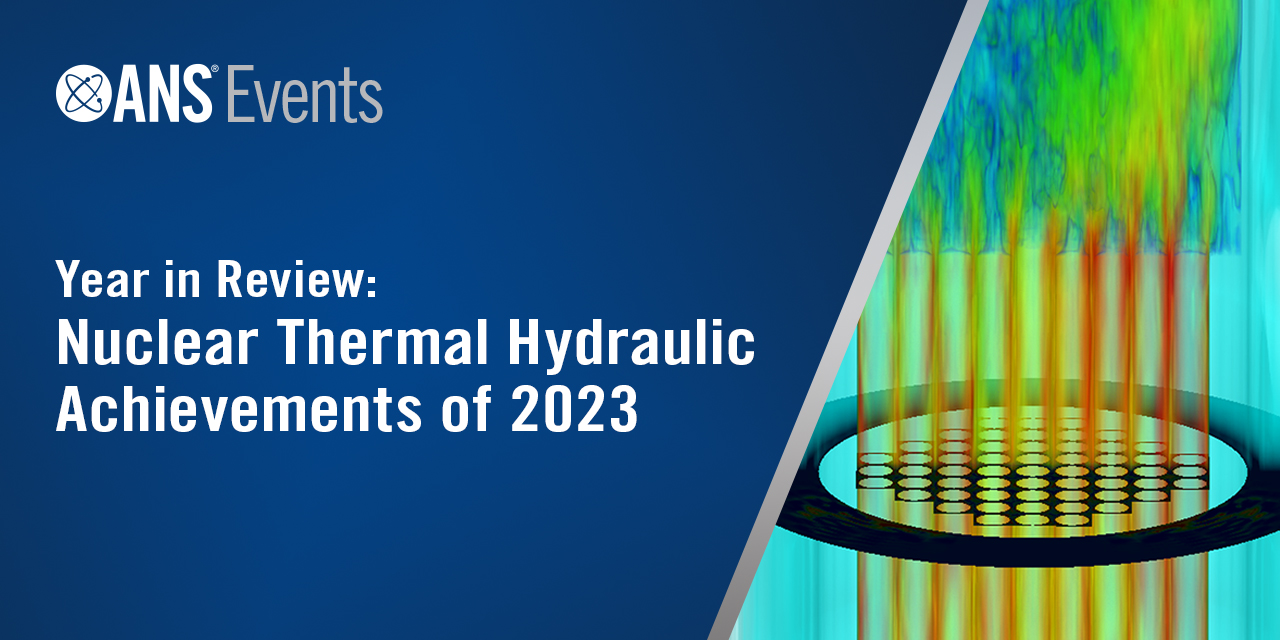
The American Nuclear Society’s Thermal Hydraulics Division is hosting a virtual event on Friday, March 15, from 12:00 to 1:30 p.m. (ET), where experts will discuss some of the most impactful work in thermal hydraulics in 2023.
The no-cost event is open to all, but registration is required. Send in your questions now.
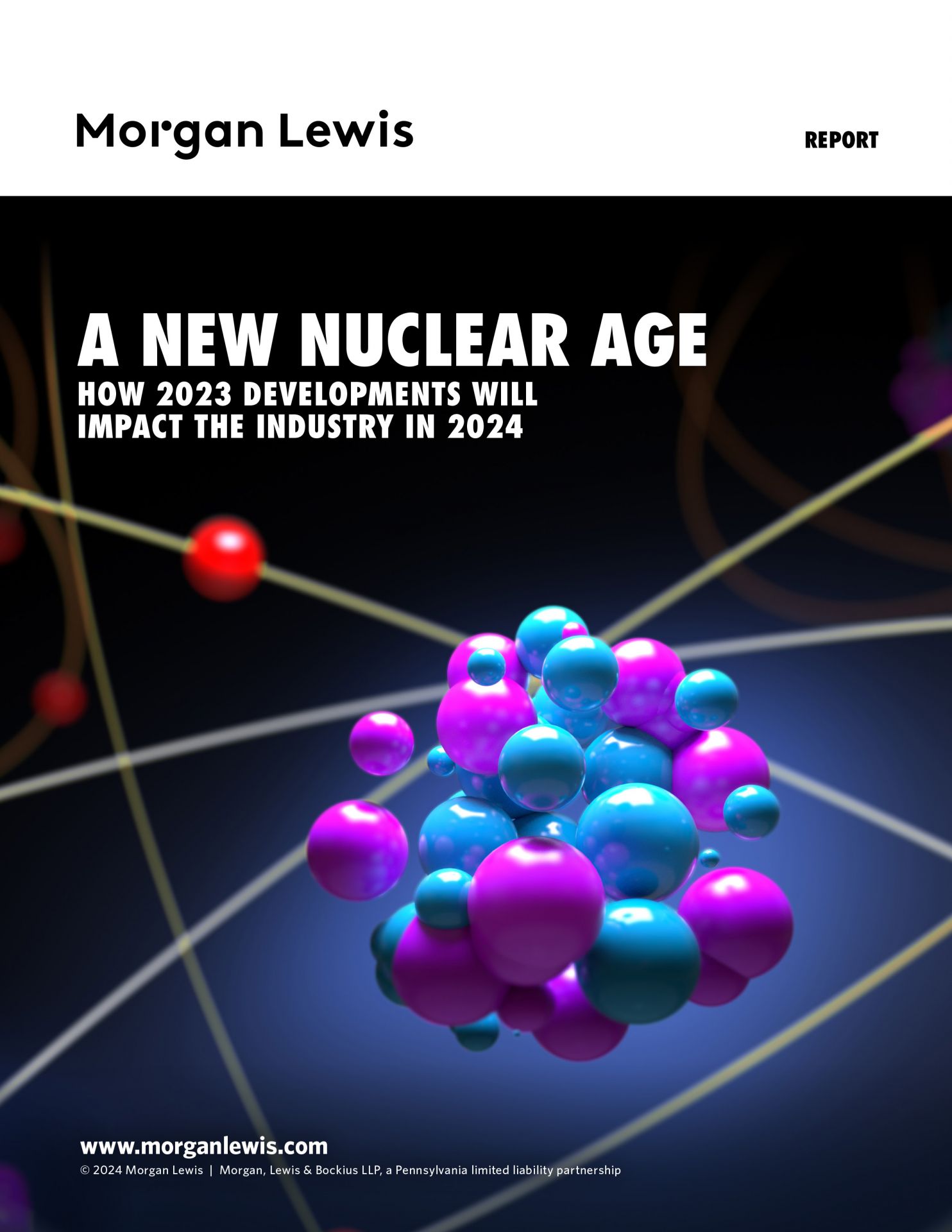 A new report, A New Nuclear Age: How 2023 Developments Will Impact the Industry in 2024, has been released by Morgan Lewis, a global corporation that provides litigation, corporate, labor and employment, and intellectual property services. Morgan Lewis’s energy specialist attorneys, who compiled the report, reviewed recent developments in rules and guidance from the Nuclear Regulatory Commission and Department of Energy that have impacted various aspects of the nuclear energy industry. Covered areas include cybersecurity, small modular reactors, advanced reactors, sustainability, export controls, plant decommissioning, microreactors, and fusion systems. Also considered in the report are potential future developments that may further affect the nuclear industry this year.
A new report, A New Nuclear Age: How 2023 Developments Will Impact the Industry in 2024, has been released by Morgan Lewis, a global corporation that provides litigation, corporate, labor and employment, and intellectual property services. Morgan Lewis’s energy specialist attorneys, who compiled the report, reviewed recent developments in rules and guidance from the Nuclear Regulatory Commission and Department of Energy that have impacted various aspects of the nuclear energy industry. Covered areas include cybersecurity, small modular reactors, advanced reactors, sustainability, export controls, plant decommissioning, microreactors, and fusion systems. Also considered in the report are potential future developments that may further affect the nuclear industry this year.
Two teams of guest editors from Idaho National Laboratory have announced plans for special issues of Nuclear Science and Engineering, the nuclear field’s longest-running technical journal. Abdalla Abou Jaoude and Abderrafi M. Ougouag are leading the issue on Technical Challenges and Opportunities in the Development and Deployment of Microreactors, while Joseph Nielsen and Piyush Sabharwall are organizing the issue on Irradiation Experiments Supporting Advanced Nuclear Technologies.